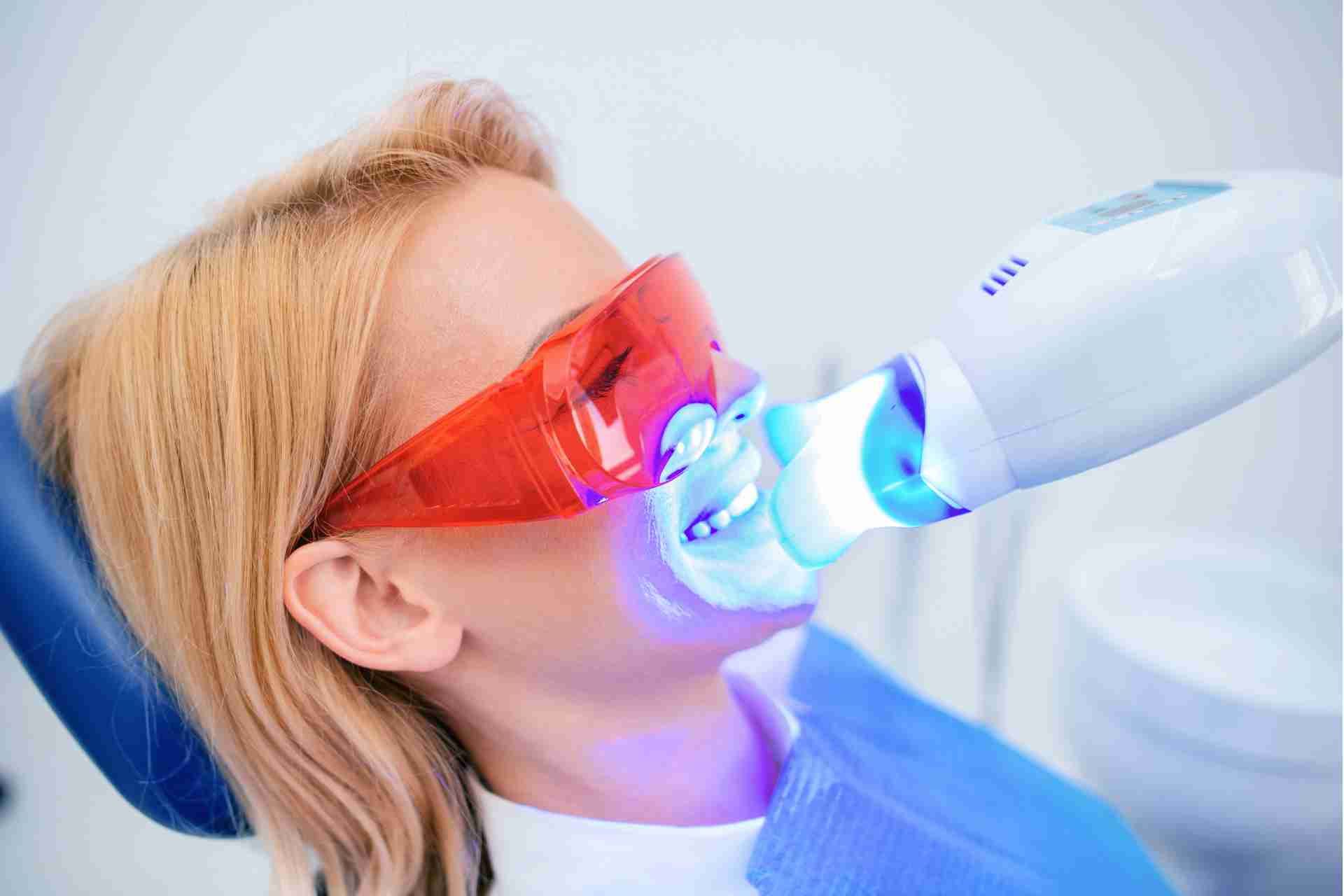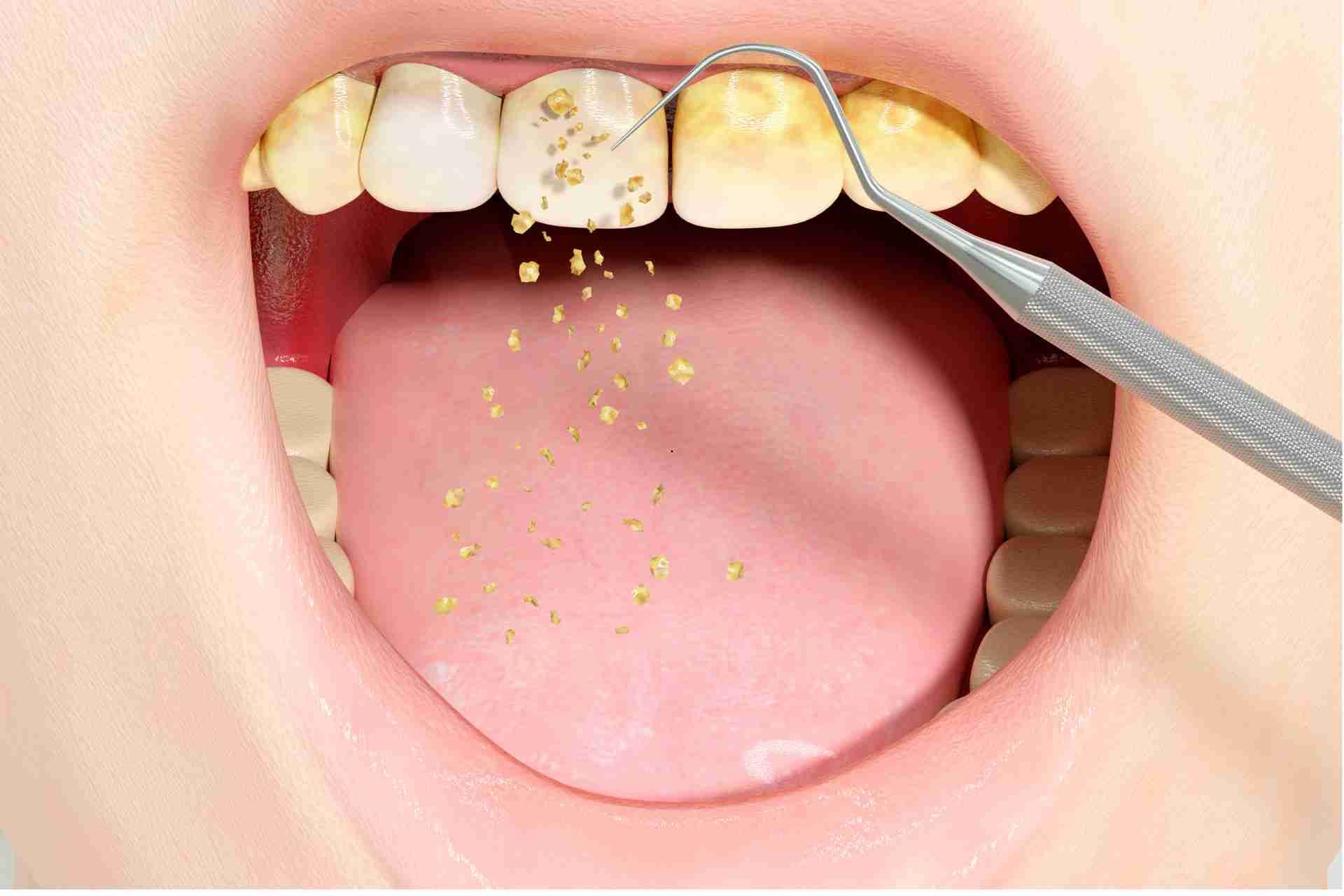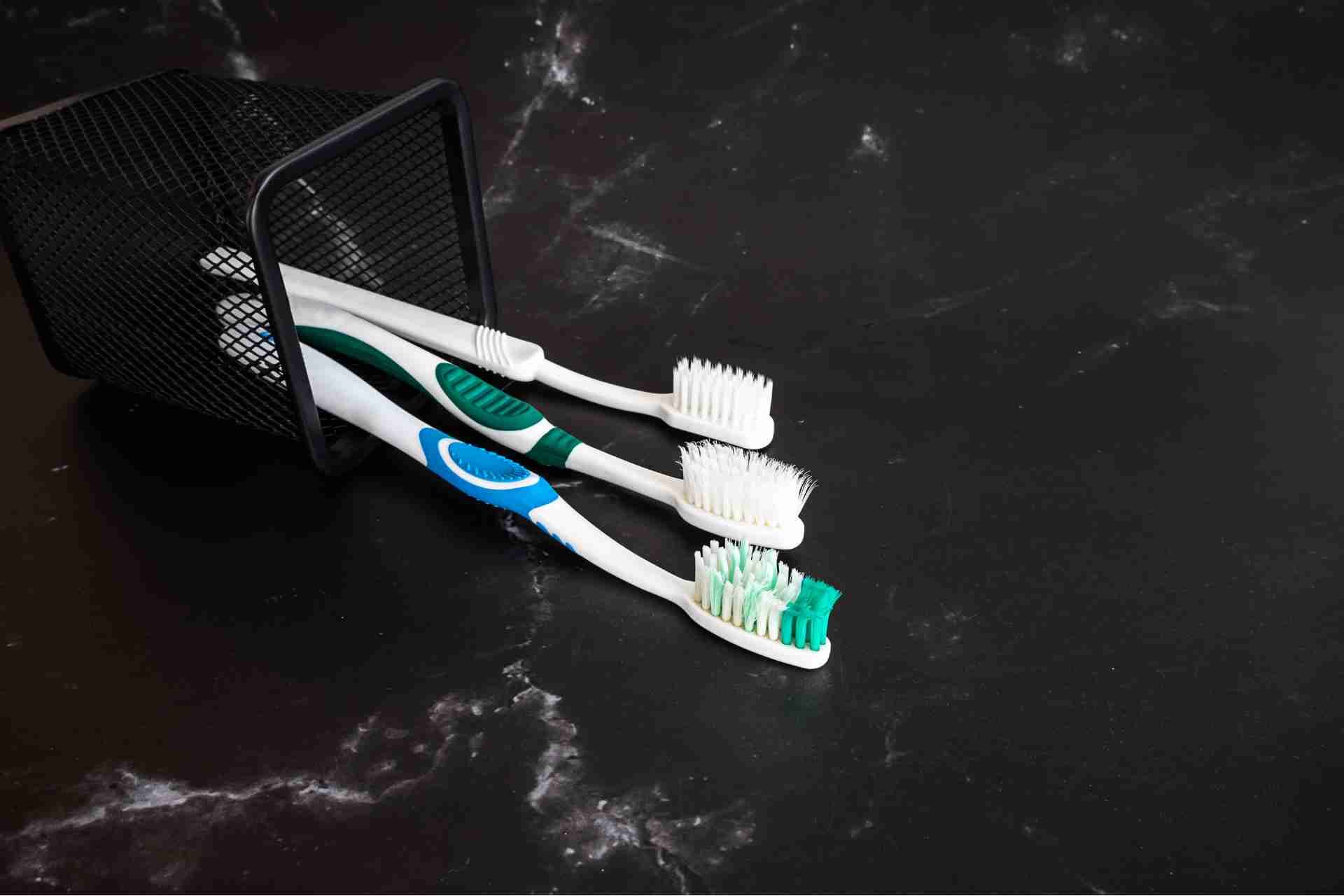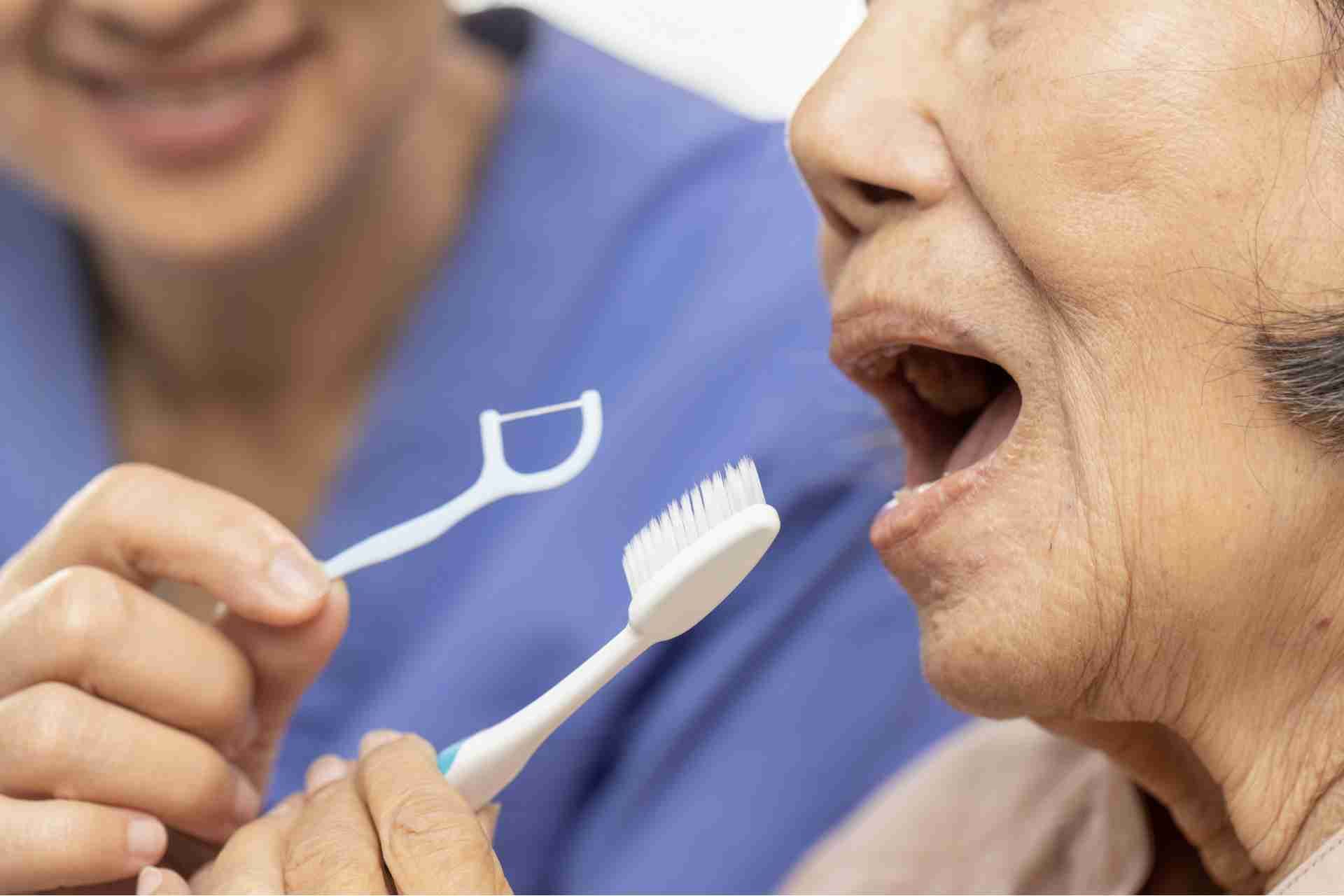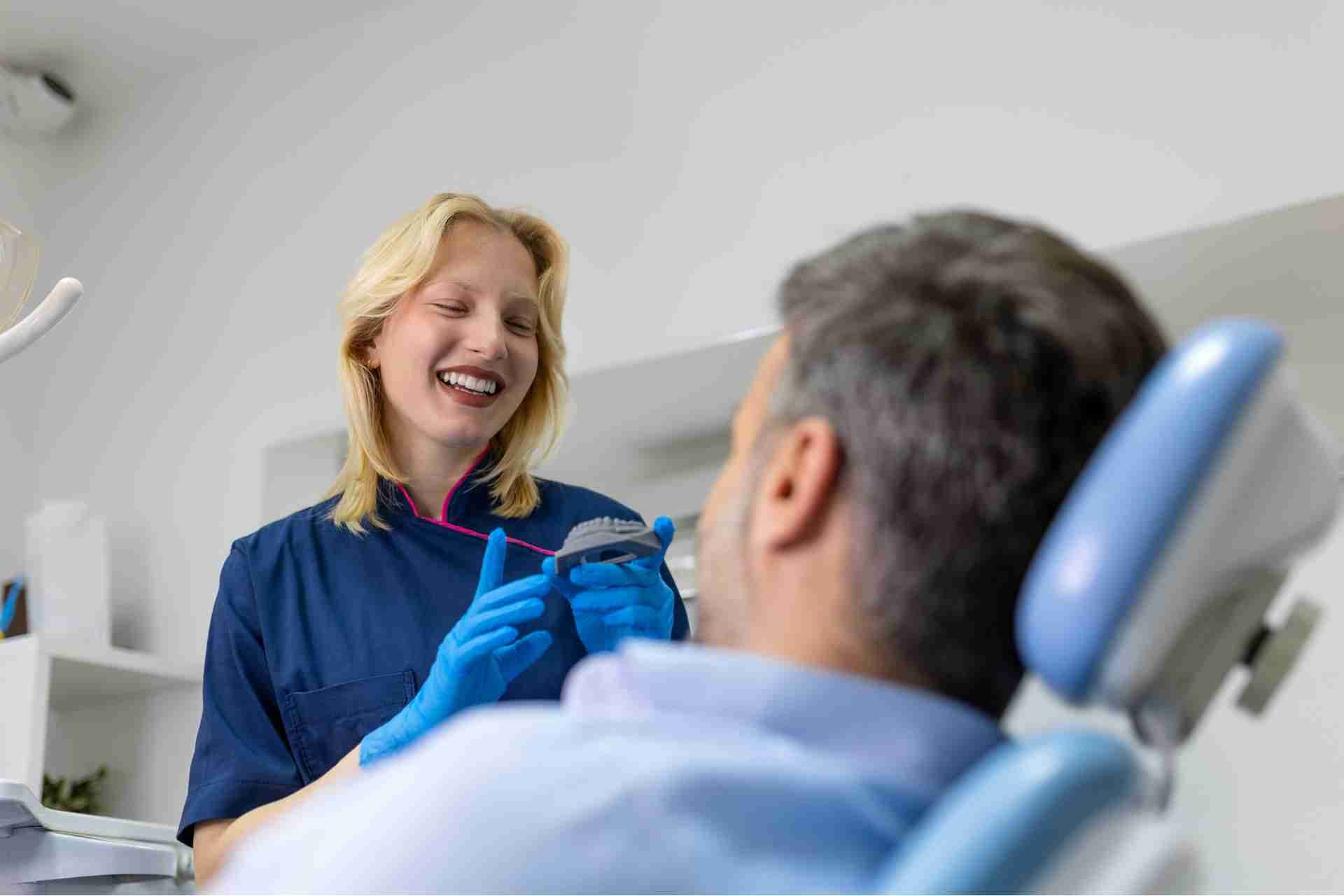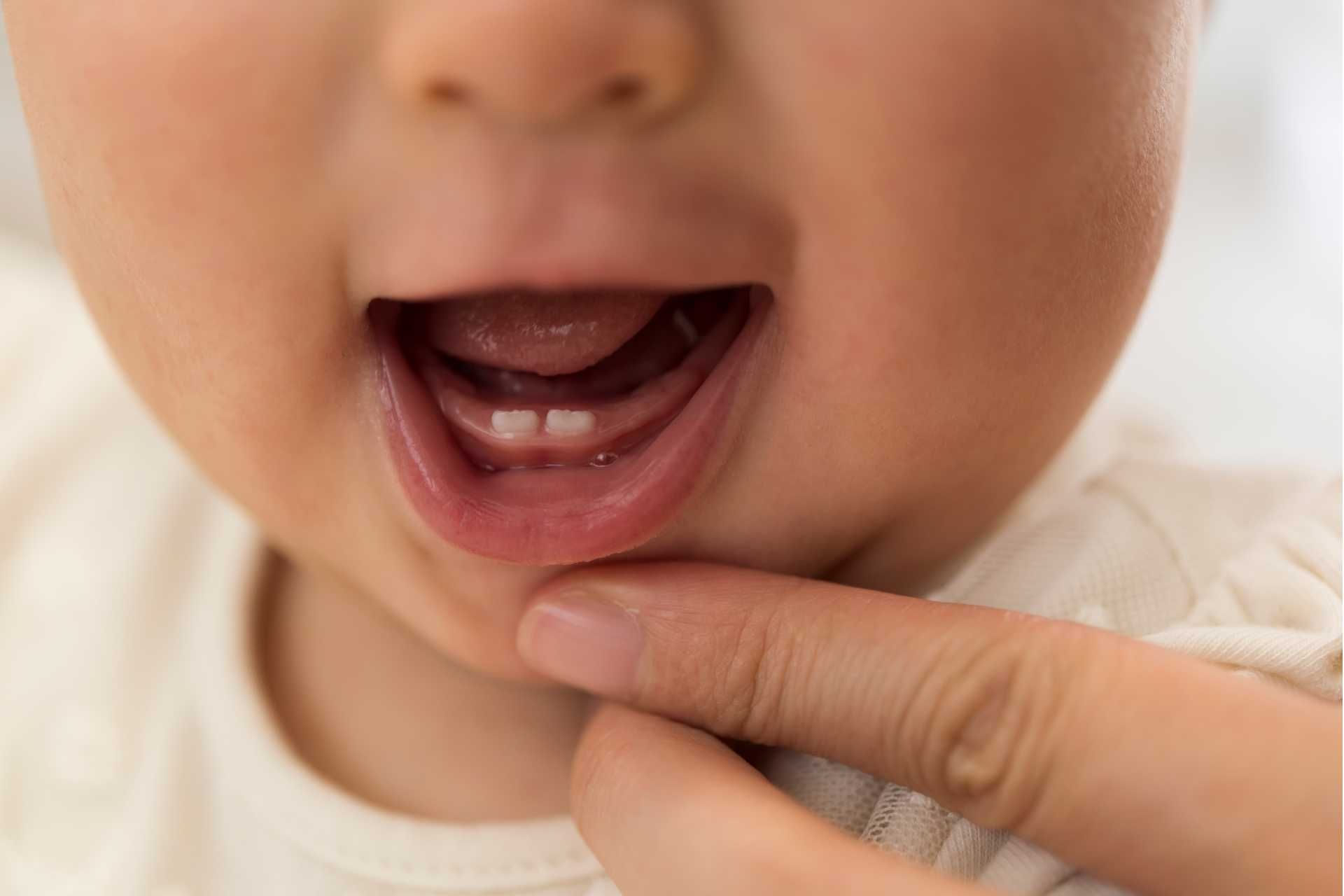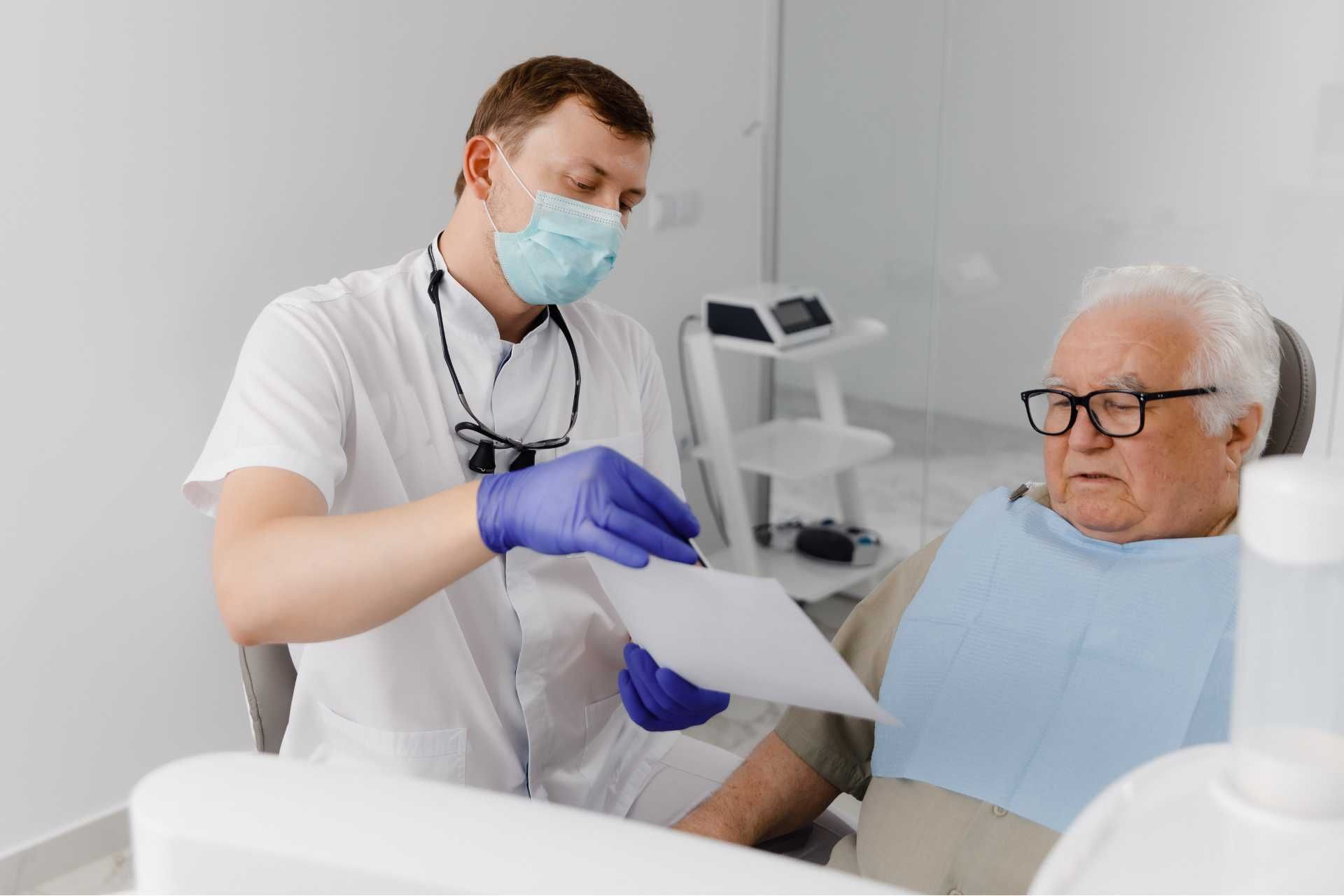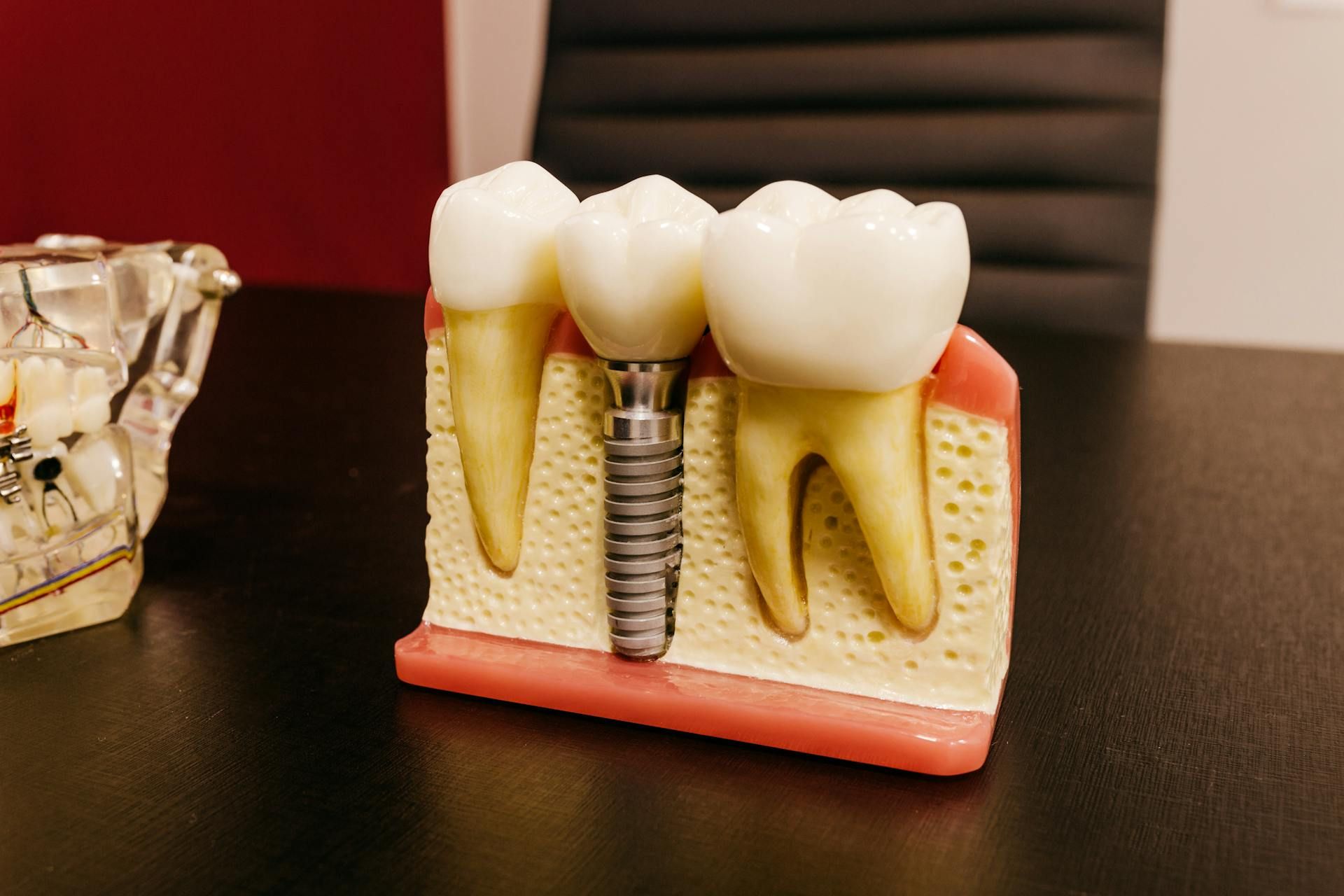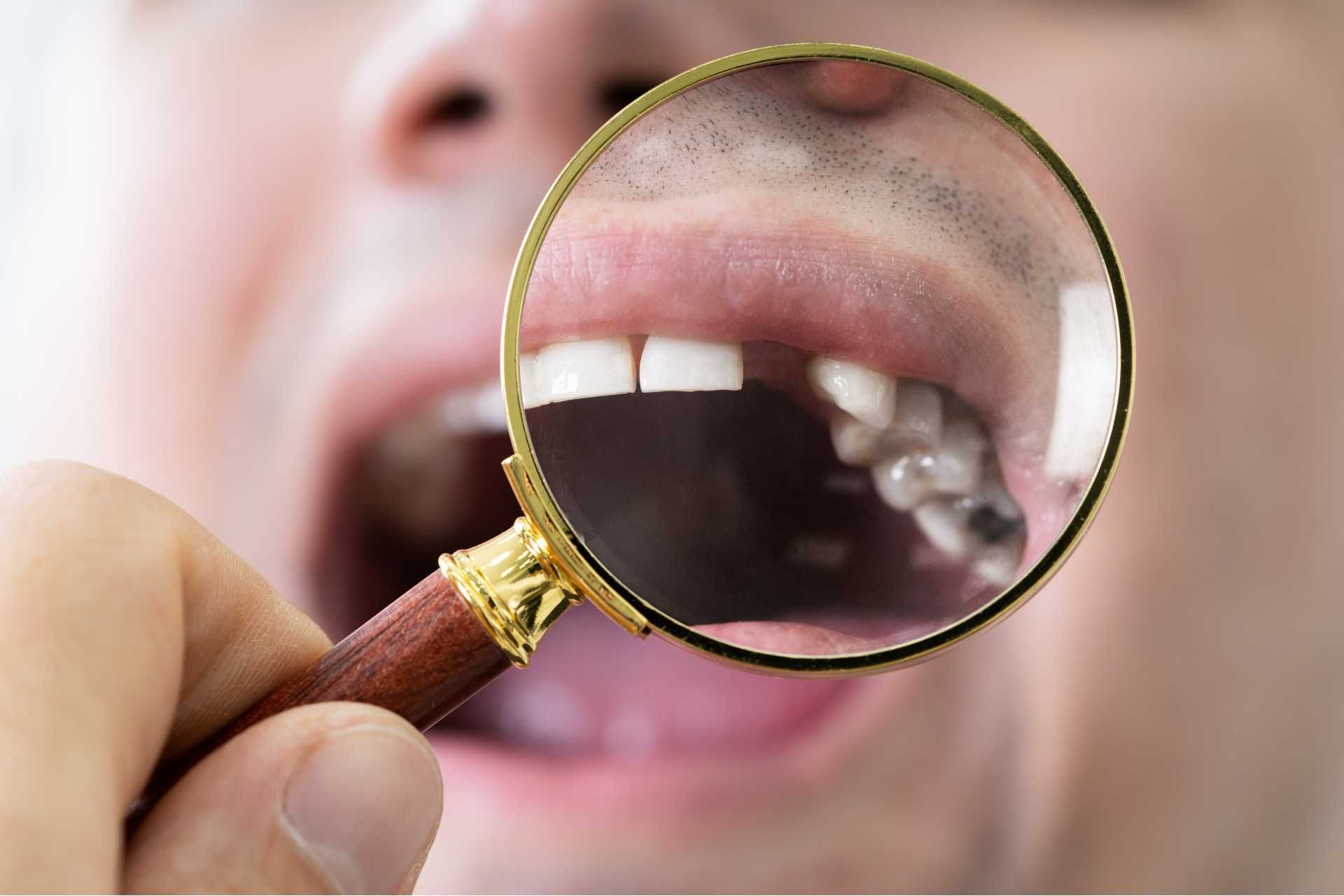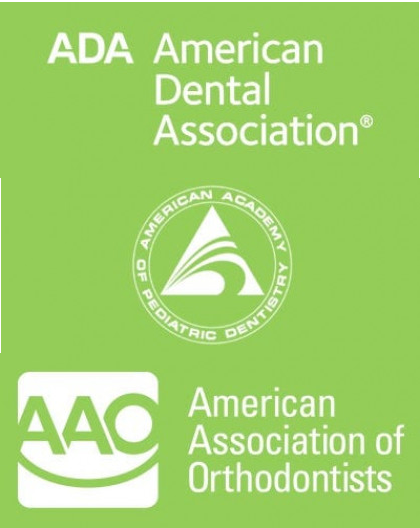Best Way to Keep your Teeth White
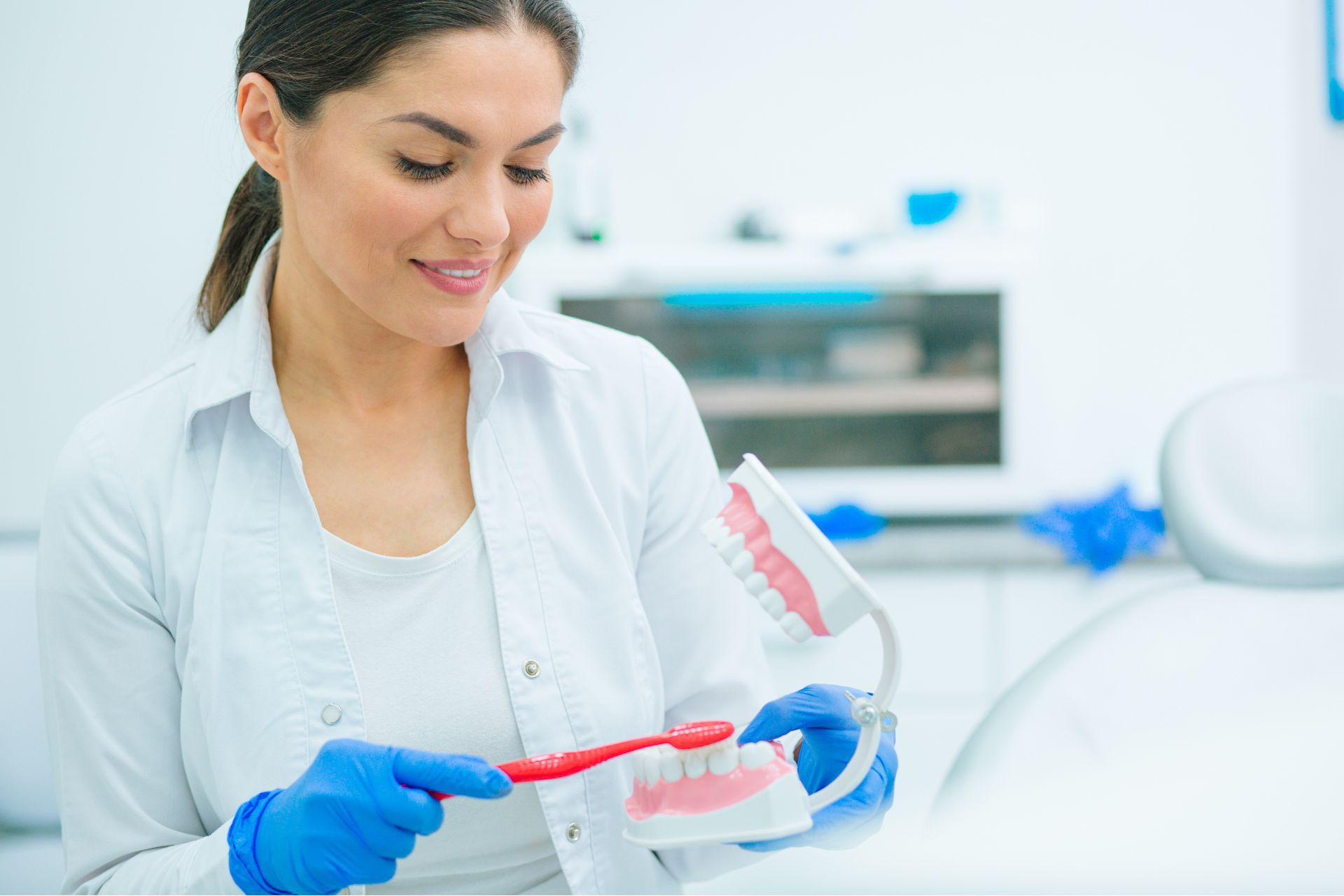
If you're someone who craves a sparkling white smile, you're not alone!
Having white, sparkling teeth is not only aesthetically pleasing, but it also indicates good oral hygiene. However, with our daily habits such as consuming coffee, tea, and wine, as well as smoking and neglecting proper oral care, it's easy for our teeth to become stained and lose their brightness.
If you're looking to keep your teeth pearly white, here is the best way to keep your teeth white.
Practice good oral hygiene
Practicing good oral hygiene is a simple way to maintain your oral health and keep your teeth and gums in top shape.
One of the most important aspects of good oral hygiene is regular brushing and flossing. Brushing your teeth at least twice a day helps remove plaque and food particles that can lead to cavities and gum disease. It is recommended to use a soft-bristled toothbrush and fluoride toothpaste to thoroughly clean your teeth and gums. Flossing is also essential to remove plaque and debris from between your teeth where your toothbrush may not reach.
In addition to brushing and flossing, it is important to visit your dentist regularly for check-ups and cleanings. Dental cleanings help remove built-up plaque and tartar that cannot be removed by regular brushing and flossing. Your dentist can also identify any potential issues early on and provide treatment before they worsen.
Avoid stain-causing foods and drinks
By being mindful of what you eat and drink, you can help keep your teeth looking white and bright.
One of the easiest ways to prevent staining on your teeth is to avoid or limit certain foods and drinks that are known culprits. Here are some common stain-causing offenders to steer clear of:
1. Coffee: If you're a coffee lover, you may be sad to hear that your morning pick-me-up could be staining your teeth. The dark pigment in coffee can discolor your teeth over time, so it's best to drink in moderation or opt for lighter options like lattes or cappuccinos.
2. Tea: Like coffee, tea can also stain your teeth due to its dark color and tannins. Green and herbal teas are lighter options that are less likely to cause staining, so consider switching to those instead.
3. Red wine: While red wine may be delicious, it can also leave behind unsightly stains on your teeth. If you enjoy a glass of red wine, be sure to rinse your mouth with water afterwards to help prevent staining.
4. Berries: Berries like blueberries, raspberries, and blackberries are packed with antioxidants, but they can also stain your teeth. To minimize staining, be sure to brush your teeth or rinse your mouth after eating these fruits.
5. Tomato sauce: Tomato sauce is another common culprit when it comes to staining teeth. If you're a fan of pasta or pizza, try to brush your teeth soon after eating to prevent stains from setting in.
6. Cola: Dark sodas like cola can erode tooth enamel and leave behind stains on your teeth. Opt for lighter soda options or better yet, switch to water or sparkling water for a healthier choice.
Use whitening toothpaste and mouthwash
Whitening toothpaste contains abrasive particles or chemicals that help to remove surface stains on the teeth, giving them a whiter appearance. These toothpastes are typically safe to use daily and can gradually brighten your smile over time.
In addition to using whitening toothpaste, incorporating a whitening mouthwash into your oral care routine can further enhance the whitening effects. Whitening mouthwashes often contain hydrogen peroxide or other whitening agents that work to lighten stains and brighten your teeth.
When used together, whitening toothpaste and mouthwash can help maintain a brighter smile and improve overall oral hygiene. It is important to note that while these products can be effective in removing surface stains, they may not be able to lighten more stubborn discoloration or yellowing caused by factors such as genetics or age.
Quit smoking
If you want to maintain white and healthy teeth, quitting smoking is a crucial step to take. Here are a few reasons why quitting smoking can help keep your teeth white:
1. Reduced Tar and Nicotine Build-Up: Smoking introduces harmful chemicals like tar and nicotine into your mouth, which can easily build up on your teeth and cause staining. By quitting smoking, you can reduce the amount of these substances in your mouth and prevent further discoloration of your teeth.
2. Improved Oral Hygiene: Smoking can also have a negative impact on your oral hygiene habits. People who smoke are more likely to develop gum disease and other oral health issues, which can lead to yellowing and staining of the teeth. By quitting smoking, you can improve your oral hygiene routine and prevent further damage to your teeth.
3. Better Dental Check-Ups: Smoking can also affect the health of your gums and teeth, leading to more frequent dental issues and check-ups. By quitting smoking, you can improve the overall health of your mouth and reduce the risk of developing oral health problems that can affect the color of your teeth.
4. Brighter Smile: By quitting smoking, you can also achieve a brighter and whiter smile. Not only will your teeth be less stained and discolored, but you will also be able to maintain a healthier and more attractive smile overall.
Use natural whitening remedies
If you're looking for a more natural approach to keeping your teeth white, there are several effective remedies you can try at home. Not only are these remedies gentler on your teeth, but they're also budget-friendly and easy to incorporate into your daily routine.
One of the most popular natural whitening remedies is baking soda. Baking soda has natural whitening properties that can help remove surface stains from your teeth. Simply sprinkle a small amount of baking soda onto your toothbrush along with your regular toothpaste and brush as usual. Be sure to rinse thoroughly afterwards to remove any residue.
Another natural remedy that can help whiten your teeth is hydrogen peroxide. Hydrogen peroxide is a common ingredient in many commercial teeth whitening products, but you can use it on its own for a more natural approach. Simply mix equal parts hydrogen peroxide and water and use it as a mouthwash. Be sure not to swallow the mixture, and rinse your mouth thoroughly afterwards.
Strawberries are another natural whitening remedy that can help brighten your smile. The malic acid in strawberries can help break down surface stains on your teeth. Simply mash up a few strawberries and rub the mixture onto your teeth, leaving it on for a few minutes before rinsing. Be sure to brush your teeth afterwards to remove any remaining residue.
Activated charcoal is a trendy natural whitening remedy that has gained popularity in recent years. Activated charcoal has a porous texture that can attract and remove surface stains from your teeth. Simply wet your toothbrush and dip it into some activated charcoal powder, then brush your teeth as usual. Be sure to rinse thoroughly afterwards to remove any residue.
While natural whitening remedies can be effective, it's important to remember that they may not have the same immediate and dramatic results as commercial teeth whitening treatments. Consistency is key when using natural remedies, so be patient and stick to your routine for the best results.
Schedule regular dental cleanings
Regular dental cleanings are essential to keep your teeth looking their best.
During a dental cleaning, a dental hygienist will thoroughly clean your teeth and remove any built-up plaque and tartar that regular brushing and flossing may have missed. They will also polish your teeth to remove surface stains and help them look whiter.
Getting a professional dental cleaning every six months is recommended to keep your teeth in optimal health and appearance. However, if you are prone to staining or have other dental issues, your dentist may recommend more frequent cleanings.
In addition to keeping your teeth looking white, regular dental cleanings also have other benefits. Cleanings can help prevent gum disease by removing bacteria and plaque that can cause inflammation and infection. They can also help catch dental issues early, such as cavities or gum disease, before they become more serious and expensive to treat.
If you are concerned about the cost of dental cleanings, keep in mind that prevention is often more affordable in the long run than treating dental issues that could have been prevented with regular cleanings. Many dental insurance plans cover cleanings, so be sure to take advantage of this benefit.
Consider professional whitening treatments
While there are many over-the-counter whitening products available, such as toothpastes, strips, and gels, these products may not always deliver the results we desire. This is where professional whitening treatments come in. By visiting your dentist for a professional whitening treatment, you can achieve a brighter, whiter smile in a safe and effective manner.
Professional whitening treatments are performed in-office by a dental professional, ensuring that the treatment is both safe and tailored to your specific needs. Unlike over-the-counter products, professional whitening treatments use higher concentrations of whitening agents, allowing for more dramatic results in a shorter amount of time.
During a professional whitening treatment, a protective barrier is placed on your gums to prevent irritation, and a whitening agent is applied to your teeth. Depending on the treatment, a special light may be used to activate the whitening agent and speed up the bleaching process. After the treatment is complete, you can expect your teeth to be several shades whiter and brighter.
Schedule an appointment with
Pennington Orthodontics & Pediatric Dentistry today and start your journey towards a brighter, whiter smile. With their professional teeth whitening treatments, you can achieve the smile of your dreams and feel more confident than ever before.
